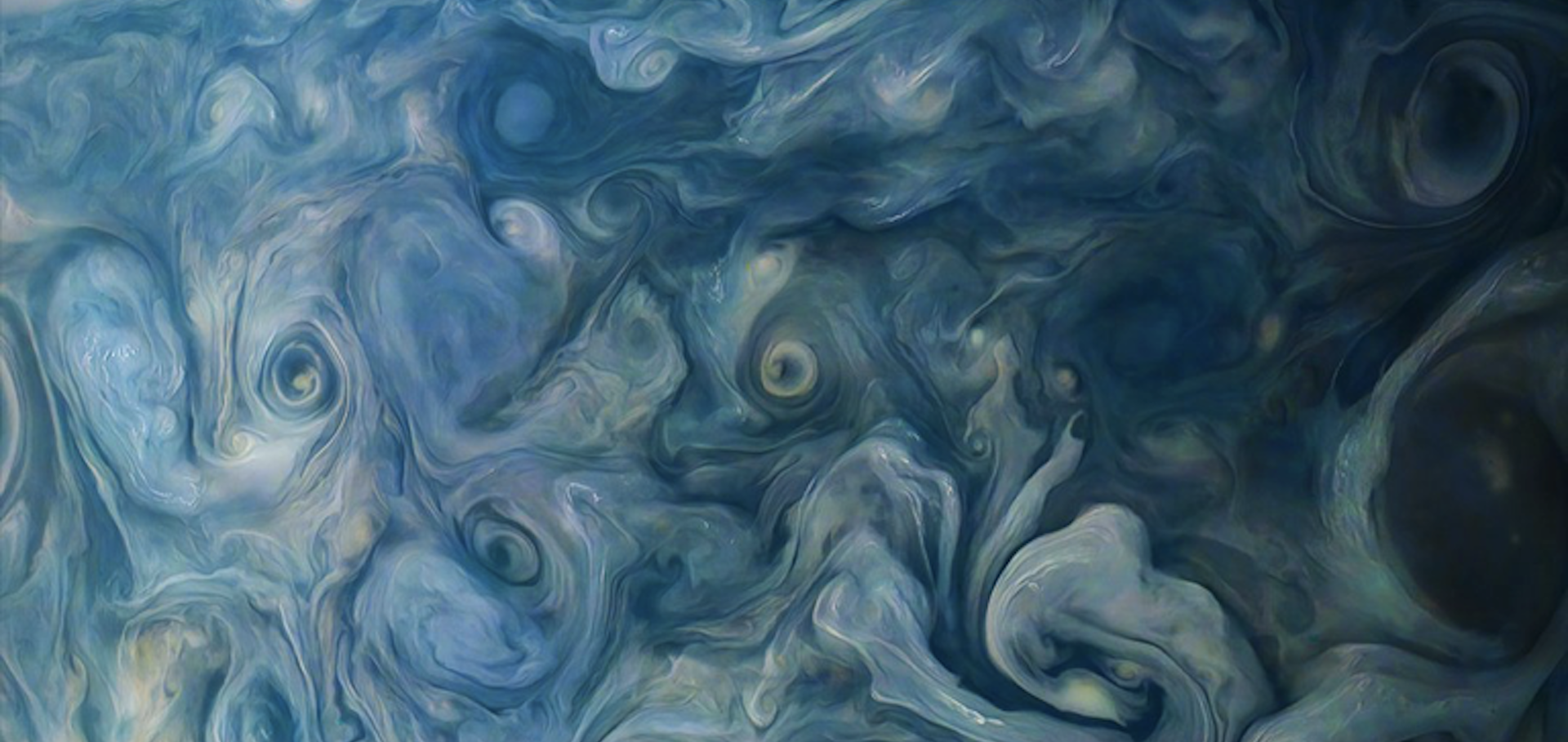Erratum: The first planet detected in the WTS: an inflated hot-Jupiter in a 3.35 d orbit around a late F star
Monthly Notices of the Royal Astronomical Society Oxford University Press (OUP) 444:4 (2014) 3150-3150
The first planet detected in the WTS: an inflated hot-Jupiter in a 3.35 day orbit around a late F-star [ERRATUM]
(2014)
Carbon monoxide and water vapor in the atmosphere of the non-transiting exoplanet HD 179949 b⋆
Astronomy & Astrophysics EDP Sciences 565 (2014) a124
Fast spin of the young extrasolar planet β Pictoris b
Nature Springer Nature 509:7498 (2014) 63-65


